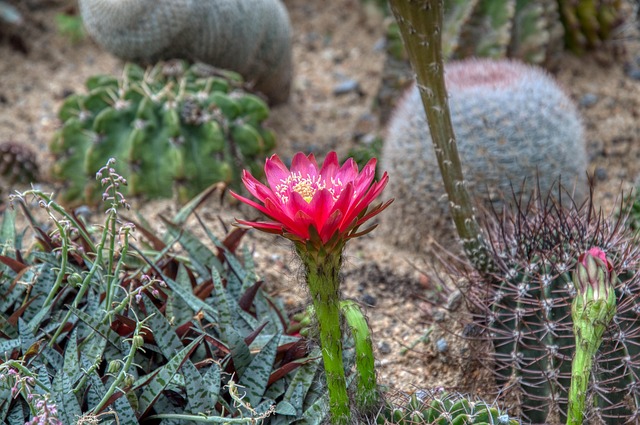As the world grapples with the pressing issue of climate change, the phenomenon of desertification continues to creep ominously across vast swathes of land. Among the various factors contributing to this environmental crisis, the type of soil plays a pivotal role. In particular, sandy soil, often characterized by its loose structure and free-draining properties, can be both a blessing and a curse in the context of desertification.
Sandy soil, which is composed of larger particles, holds less moisture compared to loamy or clay soils. This trait can make sandy soil seem uninviting, especially in regions prone to desertification. Without adequate moisture retention, these soils can become increasingly susceptible to erosion, leading to the degradation of landscapes that were once fertile and vibrant. The impacts of climate change exacerbate this situation as rising temperatures and fluctuating precipitation patterns create a perfect storm for sandy soils, further intensifying their vulnerability.
The relationship between sandy soil and desertification is complex. On one hand, sandy soil can offer some advantages in periods of heavy rainfall, as it drains quickly and prevents waterlogging. However, during dry spells, its inability to retain moisture means plants struggle to thrive. This not only affects agricultural productivity but also disrupts the delicate balance of ecosystems that rely on diverse plant life to thrive. As these ecosystems falter, they become increasingly incapable of withstanding changes brought on by climate change, leading to a vicious cycle of degradation and desertification.
To combat the threats posed by sandy soil and the wider implications of desertification, innovative solutions are being explored. One such strategy is the use of organic matter and cover crops to improve soil structure and enhance moisture retention. By enriching sandy soil with organic materials, we can help foster a more resilient environment that supports sustainable agriculture and restores degraded landscapes.
Moreover, understanding the local ecosystem and employing land management practices that are compatible with sandy soil can pave the way for more sustainable land use. Agroforestry, for example, integrates trees with crops, creating a microclimate that can improve soil health and mitigate the adverse effects of climate change. This approach not only enhances the productivity of sandy soils but also contributes to carbon sequestration, further aiding in the battle against climate change.
As we confront the challenges posed by desertification and sandy soil, it becomes imperative to advocate for and implement sustainable practices that address these issues holistically. This includes investing in research, educating communities about the importance of maintaining soil health, and developing policies that prioritize sustainability and environmental conservation. By focusing on these areas, we can make strides in reversing the tide of desertification and building a more resilient future for generations to come.


